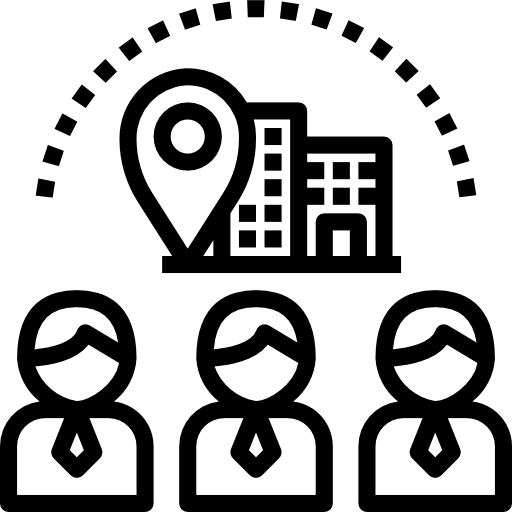How to Transition From an Office to a Remote Work Business
The COVID-19 epidemic has forced many businesses to review their workplace policies, especially those regarding remote work. Some companies have switched to a completely remote model while others keep an office, but employ remote employees to work on specific projects or in particular roles. The flexible arrangement benefits both the employers and their remote employees. The former reduces space and real estate costs and attracts talent from all around the globe and the second one juggles personal and work obligations.
To transition teams from their office www.allsmarthomecompany.com/get-to-know-new-opportunities-with-the-data-room-provider/ to a remote workspace it requires more than a reliable internet connection and file sharing applications. It requires planning for a transition that includes onboarding, training and setting up metrics to measure the success. It is also important to have the right equipment and tools to support remote workers.
It’s crucial, for instance to establish clear expectations for virtual communications and not bombard employees with messages. Managers should instead establish regular check-ins and establish guidelines for calls made via virtual channels. They should also provide tools for monitoring efficiency and workflow. For instance the productivity tracking application like Trello can help managers keep track of their teams’ progress.
It is also important to find the most suitable remote jobs that are compatible with your experience and qualifications. Software solutions can be used to work remotely in roles like client interaction and project management that previously relied on face-to–face interactions. Similarly, salespeople can use online platforms to interact with clients and manage their pipelines from afar. Other professions that have adjusted well to remote work include recruitment, accounting operations, human resources and accounting.






